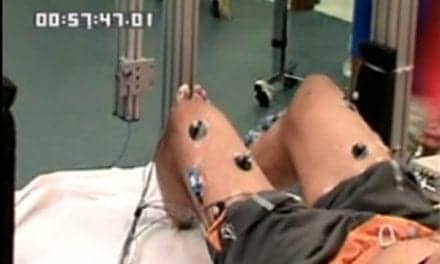A study published in the June 9 issue of the Journal of the American Medical Association suggests that the number of traumatic spinal cord injuries may be increasing, and the incidence rate may be higher among older individuals.
Study researchers analyzed data from 63,109 patients with acute spinal cord injury from 1993 to 2012, according to a news release from Vanderbilt University Medical Center.
Lead author Nitin B. Jain, MD, MSPH, associate professor of physical medicine and rehabilitation at Vanderbilt, notes in the release that these results could help target specific populations for preventive measures.
“We find that spinal cord injury as a result of falls is a major public health issue in the older patients, and we need to find what the causes for that are and appropriately design interventions,” he says in the release, noting that one in five people with such injuries dies in the hospital.
Prior to this study, there was reportedly a limited amount data on trends of the incidence and cause of spinal cord injury. Researchers discovered that while incidence rates among the younger male population dropped over about 20 years, rates for men ages 65 to 74 jumped to 131 cases per million from 84 cases per million, the release explains.
“We don’t really know the exact reasons for why there is an increased incidence of falls that cause spinal cord injury,” Jain says in the release. He notes, however, that, “older adults are likely much more active now, putting them at a higher risk.”
For example, 70-year-olds today may be more likely to go skiing than 70-year-olds would have 20 years ago, per the release.
“We also find that the portion of patients who have surgical procedures is also increasing over time,” Jain states in the release.
There could be tremendous implications for the older population and the health care system, as people with traumatic spinal cord injury are often disabled for life, and require lifelong rehabilitation. This could impact their lives, because it could be more difficult to find work when disabled, and it could possibly add more demand for rehabilitation health care, according to the release.
Most patients regain some function after such an injury, Jain notes. But “most of these patients will have need for health care services throughout their life, many of them pretty intensive,” he states in the release.
[Source(s): Vanderbilt University Health System, EurekAlert]





